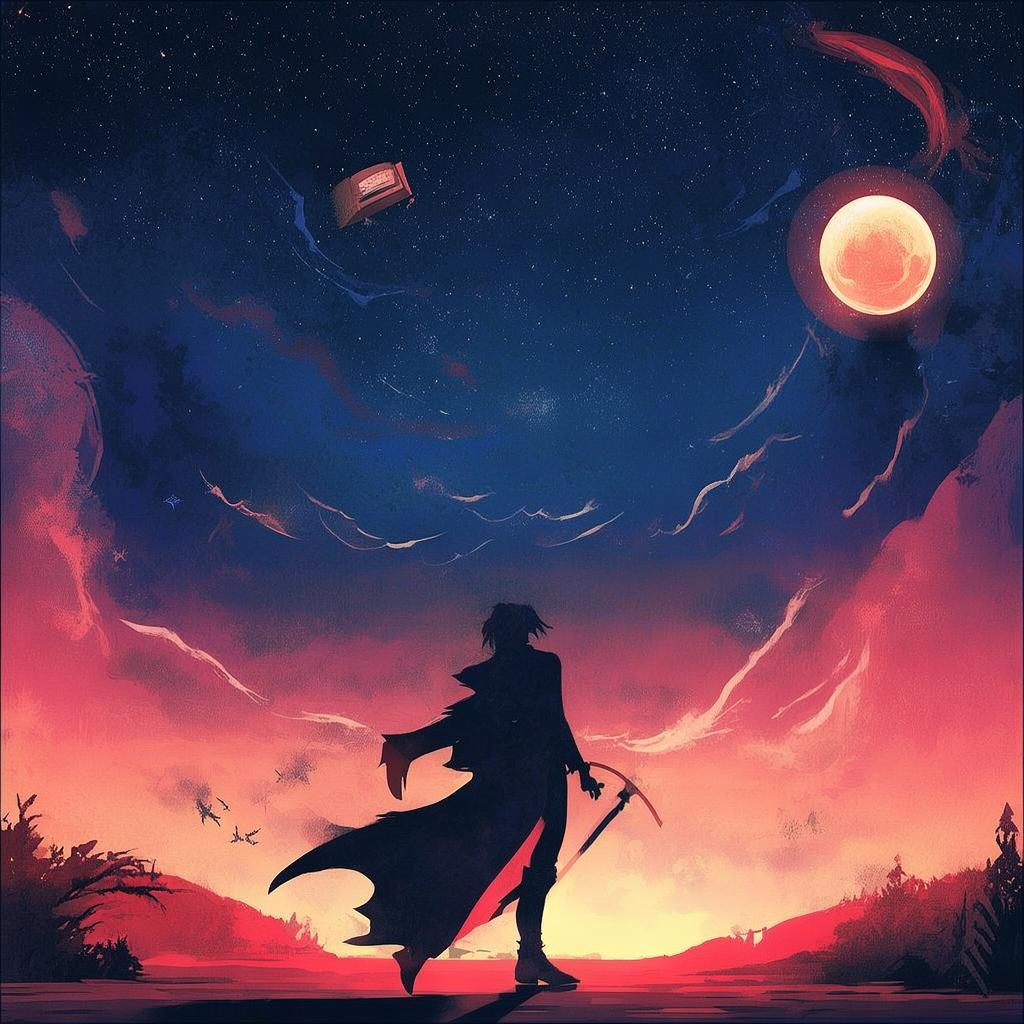The Last Brushstroke of a Dream
The sun dipped below the horizon, casting a golden glow over the grand Renaissance art fair. Inside, the air was thick with the scent of oil paints and the buzz of excited chatter. Among the sea of artists and patrons, a single painting hung on the wall, its frame gilded with the dust of time. It was a portrait of a woman, her eyes pools of liquid sapphire, her hair cascading like waves of the ocean. The artist's signature, in elegant script, read "Ariel."
Ariel, the Little Mermaid, had long since traded her fin for human legs, her voice for a whisper of enchantment. But she had never forgotten the ocean that once called her home. Now, standing before the painting, she felt a strange pull—a sense of familiarity, as if the woman in the frame were a part of her past.
She approached the booth, where a man in a velvet cloak stood, his eyes reflecting the flickering candlelight. "You must be the Little Mermaid," he said, his voice a low, intriguing rumble.
Ariel hesitated, but curiosity won over her fear. "Who are you?" she asked.
"I am an artist, lost in time," he replied, his eyes twinkling with mischief. "This painting is a key to my past, to my love, to a world that I thought was lost forever."
A race against time began, as Ariel and the artist, named Leonardo, discovered that the painting held the secret to a forbidden love story, one that had torn them apart centuries ago. The magic of the ocean and the power of art intertwined, leading them on a perilous journey through the renaissance.
Leonardo's paintings spoke of love and loss, each stroke of his brush a testament to his passion for his muse, Isabella. Yet, Isabella's family had forbidden their romance, and in a bid to save her, Leonardo had sold his soul to the devil. The painting was the only link they had left, a promise of a love that could never be.
Ariel, with her mermaid's magic, was the only one who could break the curse and save Leonardo's soul. But the path was fraught with betrayal, as Isabella's family, still bound by their old hatred, sought to prevent the reunion.
As they navigated the art fair, encountering masterpieces that whispered of their story, Ariel and Leonardo faced their deepest fears. They discovered that the magic of the ocean and the Renaissance were not the only forces at play. The painting itself was a living entity, holding the key to a truth they could not ignore.
In a climactic confrontation, Ariel's mermaid magic clashed with the darkness of the devil's curse. Isabella, now a woman of the world, stood between them, her heart torn. She had found her own love, yet it was rooted in the past.

In the end, it was not the magic of the ocean or the power of the Renaissance that saved them. It was the love they shared, a love that could not be broken, that overcame all obstacles. The painting, now a beacon of hope, dissolved into light, and the curse lifted.
Leonardo and Isabella were finally free to embrace their love, and Ariel, with her mission complete, returned to the ocean, her heart lighter. The renaissance fair ended, but the story of the Little Mermaid and the artist lived on, a testament to the enduring power of love and art.
The last brushstroke of a dream had painted a future filled with hope, and the legacy of the Little Mermaid and Leonardo would be etched into the history of the Renaissance, a tale of love that transcended time and space.
✨ Original Statement ✨
All articles published on this website (including but not limited to text, images, videos, and other content) are original or authorized for reposting and are protected by relevant laws. Without the explicit written permission of this website, no individual or organization may copy, modify, repost, or use the content for commercial purposes.
If you need to quote or cooperate, please contact this site for authorization. We reserve the right to pursue legal responsibility for any unauthorized use.
Hereby declared.









